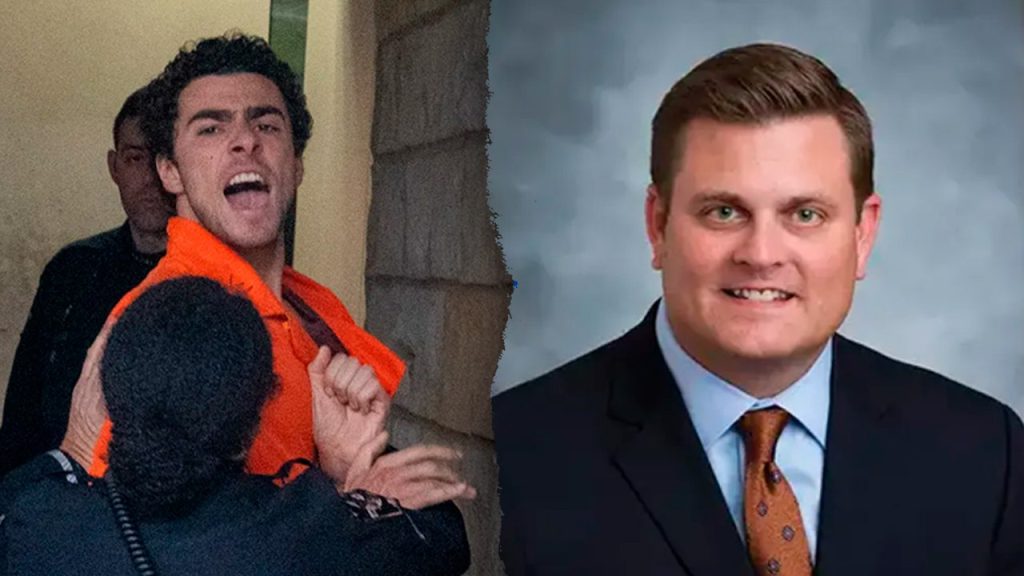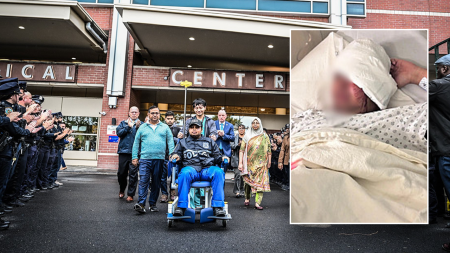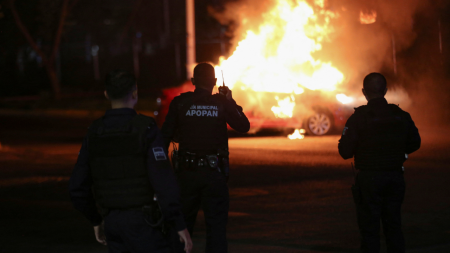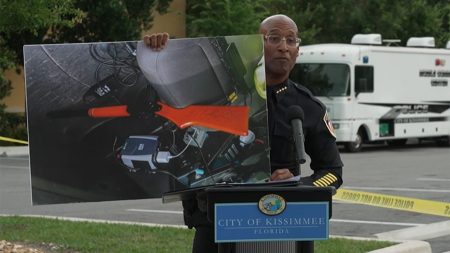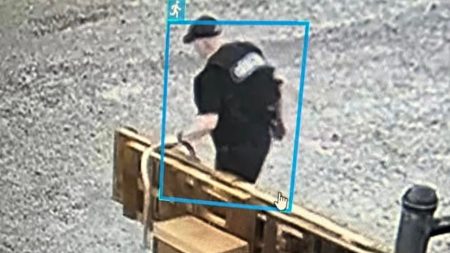The apprehension of Luigi Mangione, the prime suspect in the murder of UnitedHealthcare CEO Brian Thompson, unfolded through a series of interagency collaborations and a crucial tip from the suspect’s own mother. The timeline began on November 18th, when Kathleen Mangione filed a missing person report with the San Francisco Police Department, stating she had lost contact with her son since July 1st and was unaware of his whereabouts. This seemingly routine report would later prove pivotal in the investigation. Fast forward to early December, when the NYPD released surveillance images of the suspect in Thompson’s murder, seeking public assistance in identifying the individual. The San Francisco Police, recognizing a resemblance between the suspect in the images and the missing person reported by Kathleen Mangione, contacted the FBI’s Joint Violent Crimes Task Force. This tip, received four days prior to Mangione’s arrest, set the wheels in motion for a rapid series of events.
On the Sunday night preceding Mangione’s arrest, FBI agents questioned Kathleen Mangione regarding her son’s potential involvement in the homicide. While acknowledging a resemblance, she expressed uncertainty about the positive identification of her son from the surveillance images. Despite the mother’s hesitancy, the tip from the San Francisco Police, coupled with the visual similarities, provided sufficient probable cause for the FBI to pursue Mangione as the prime suspect. Unbeknownst to the NYPD, who were yet to be informed of the conversation with Mangione’s mother, the suspect was apprehended the following morning at a McDonald’s in Pennsylvania.
The arrest of Mangione yielded critical evidence linking him to the crime scene. He was found in possession of counterfeit identification documents and, crucially, a 3D-printed firearm that matched the shell casings recovered from the scene of Thompson’s murder outside the Hilton hotel in Manhattan on December 4th. This discovery solidified the connection between Mangione and the crime, leading to multiple charges including second-degree murder, illegal possession of weapons, and forgery. The 26-year-old suspect’s apprehension brought a sense of relief to law enforcement, while simultaneously shocking his family, who expressed their devastation and offered prayers for both the Thompson family and all those involved.
Following his arrest, Mangione began contesting his extradition to New York to face the charges. This legal maneuver introduced a potential delay in the judicial process, with the Manhattan District Attorney, Alvin Bragg, acknowledging the possibility of a waived extradition the following week. Bragg emphasized his office’s preparedness to proceed on “parallel paths,” ensuring they would be ready irrespective of Mangione’s decision regarding extradition. The legal wrangling surrounding the extradition underscored the complexities of interstate legal proceedings, adding another layer to the already intricate investigation.
The swift apprehension of Mangione highlighted the effectiveness of interagency cooperation, specifically between the San Francisco Police, the FBI, and the NYPD. The sharing of information, initiated by the San Francisco Police’s astute observation connecting the missing person report to the surveillance images, proved instrumental in identifying and locating the suspect. This efficient collaboration ultimately led to the timely arrest of a potentially dangerous individual.
The case also underscores the importance of seemingly routine reports, such as missing person filings. While Kathleen Mangione’s report initially served to document her son’s disappearance, it inadvertently provided a critical lead in a separate and unrelated homicide investigation. This incident serves as a reminder of the interconnected nature of law enforcement information and the potential for even seemingly unrelated data to contribute to solving complex crimes. The tragedy surrounding Brian Thompson’s death and the subsequent arrest of Luigi Mangione highlights the delicate balance between individual privacy and public safety, and the crucial role that interagency cooperation and information sharing play in modern law enforcement.




